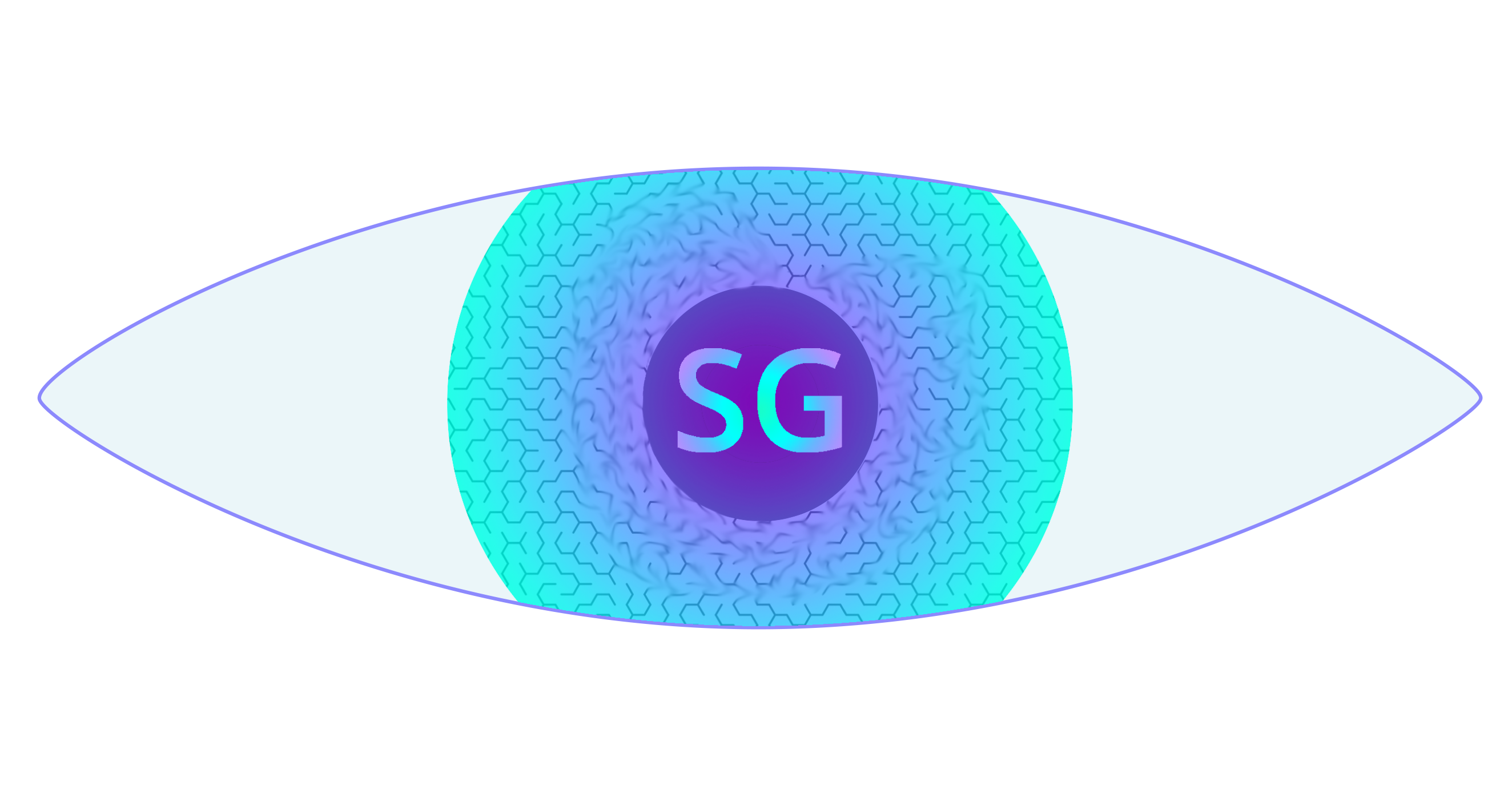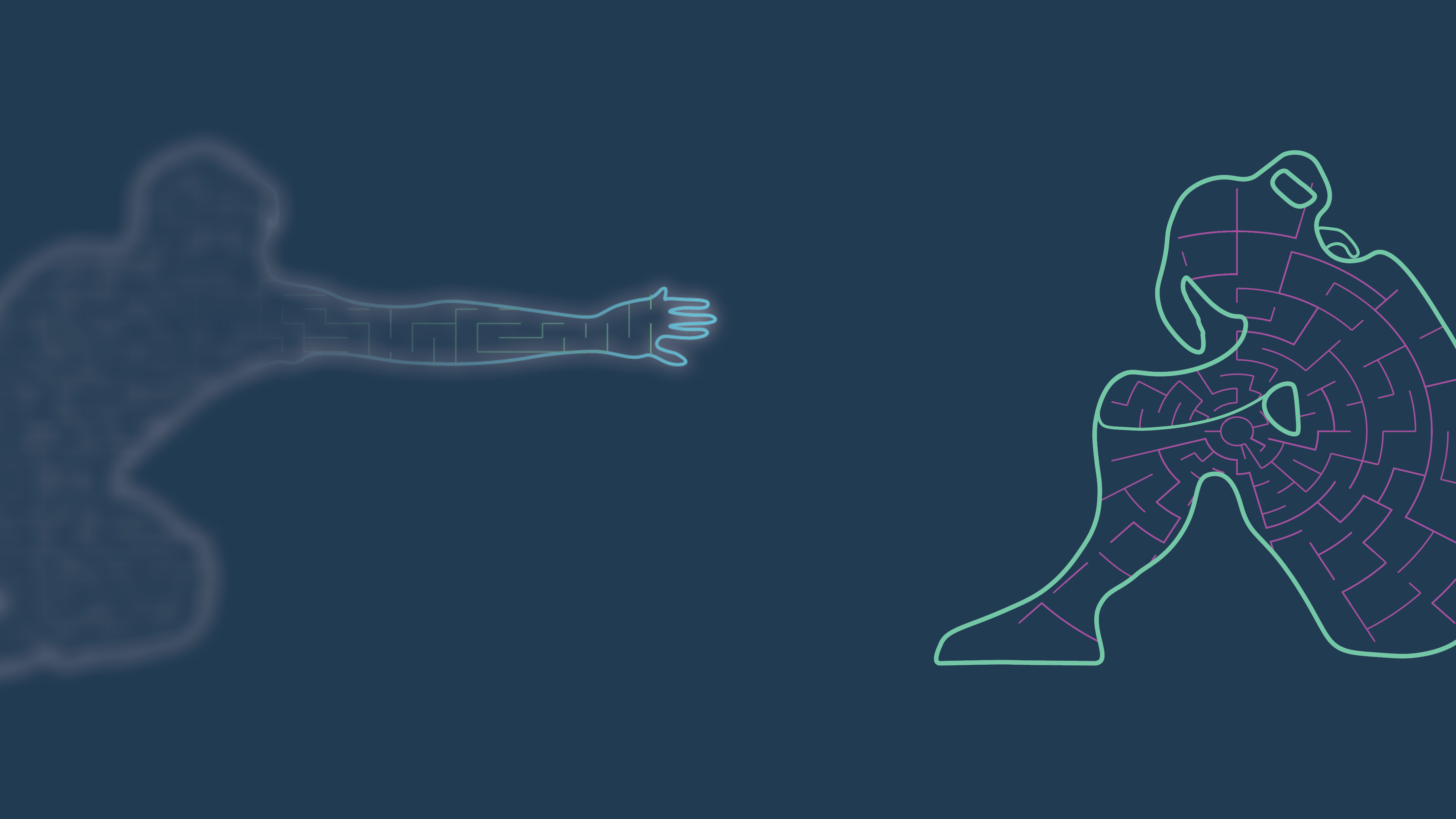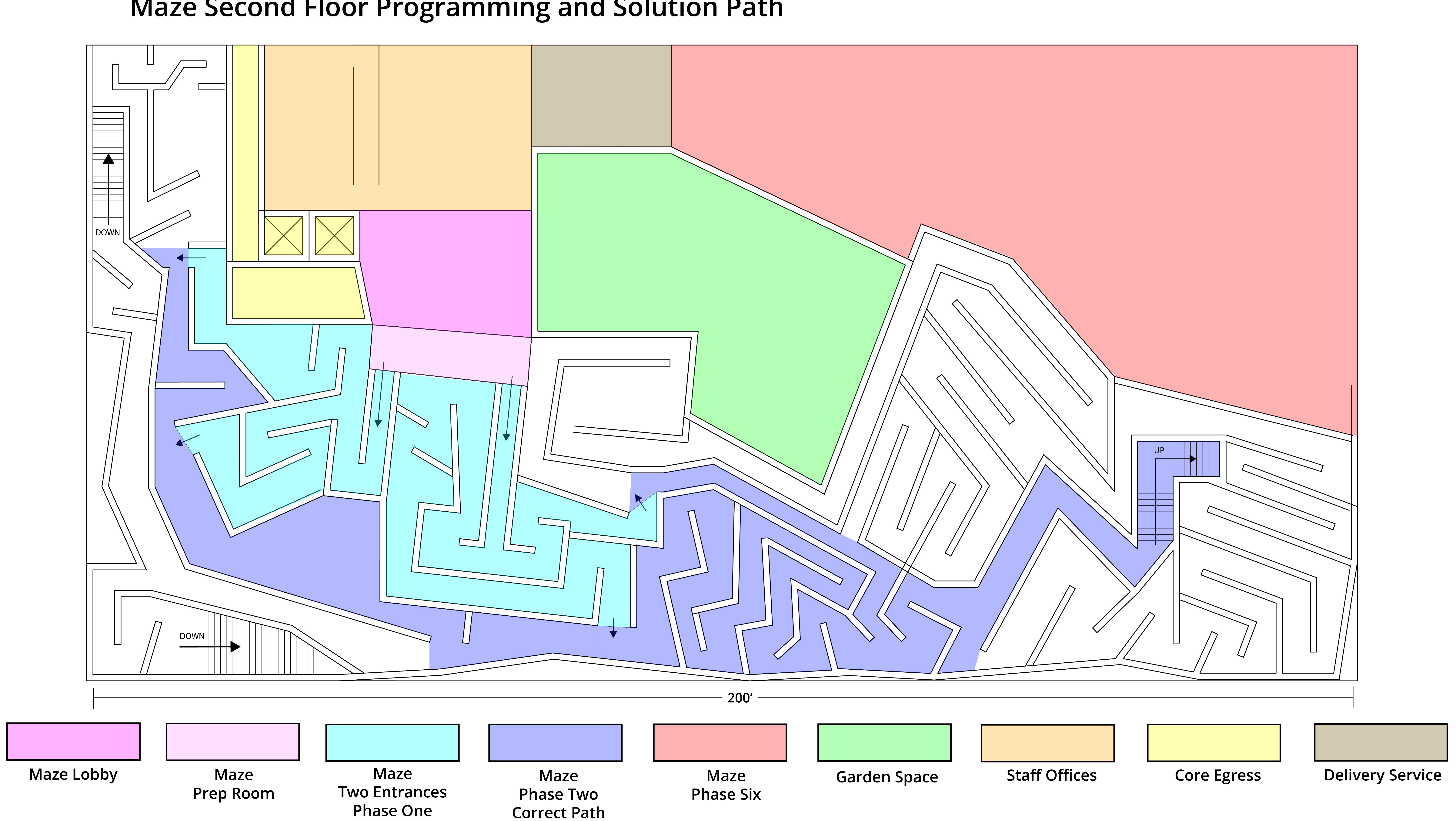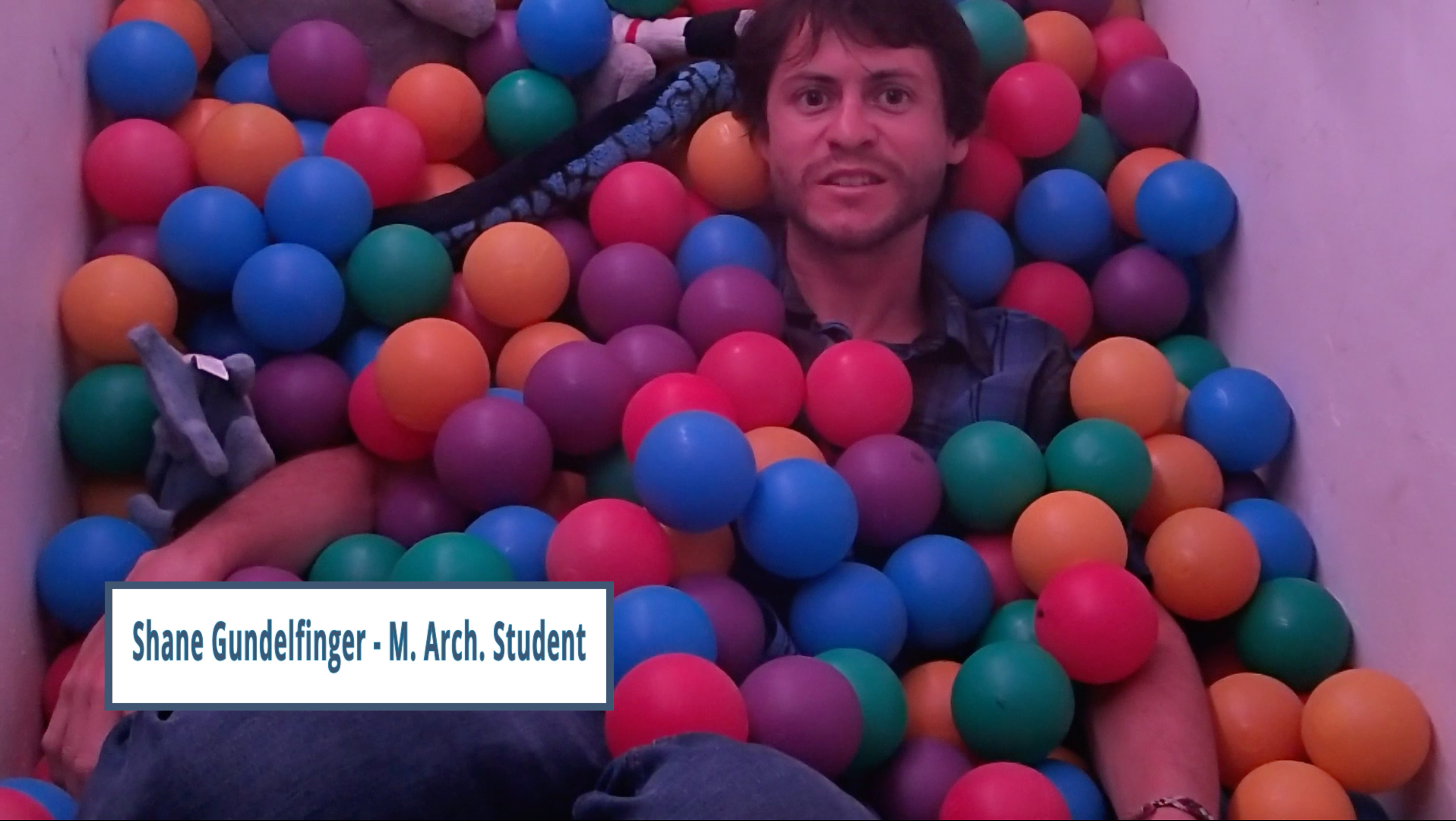My thesis project was built on the foundation of chaos and immersion with a strong neuroscientific basis to support my claims. While its academic presentation was decorated in formality, the true hypothesis comes down to four separate observations:
1. The very real phenomenon of shared trauma and the authentic bond that it enables between individuals.
Various studies have demonstrated that the neurotransmitter oxytocin is released in the brain during times of acute stress, but only when contact when another individual is introduced during these periods of stress. This then promotes emotional bonding and relief.
2. The positive psychological effects and benefits of complete sensory immersion.
Escapism and play have both been shown through academic studies to tremendously benefit mental health continuing into adulthood. Anecdotal studies further expand on the personal mental and spiritual effects of a truly immersive experience.
3. The growing need for chaos in an increasingly digital environment.
This point became almost eerily pronounced as a global pandemic shut people away from each other. As the way we interact in society becomes more intentional and guided, we lose opportunities for chaos. As we lose those unpredictable interactions...chatting in line at a grocery store, bumping into someone around a tight corner...complimenting someone on their shirt as they walk by...we lose a part of the beauty of the natural world and what could have been beyond our control.
4. Navigation mode is shrinking our brains.
This is crudely worded for your attention, but the research is real. The less we exercise spatial navigation, as our phones mindlessly provide us with every step of the route, this relaxes the hippocampus. Stimulation of the hippocampus promotes memory health, and a built environment that encourages spatial navigation aids in this mental health.
The following is a selection of original graphics I created for my thesis book while exploring and illustrating the research variables that I discovered along the way in defending these observations.
The following is a selection of original graphics I created for my thesis book while exploring and illustrating the research variables that I discovered along the way in defending these observations.
The following is a selection of original graphics I created for my thesis book while exploring and illustrating the research variables that I discovered along the way in defending these observations.
My personal illustration of the perceptual stages of immersion with support from research.
A fun graphic showcasing the non-linear way in which my many research variables relate to each other.
Chaos Theory & the Butterfly Effect (Lorenz Attractor)
Dynamics of Stress & Relief Through Musical Movements




